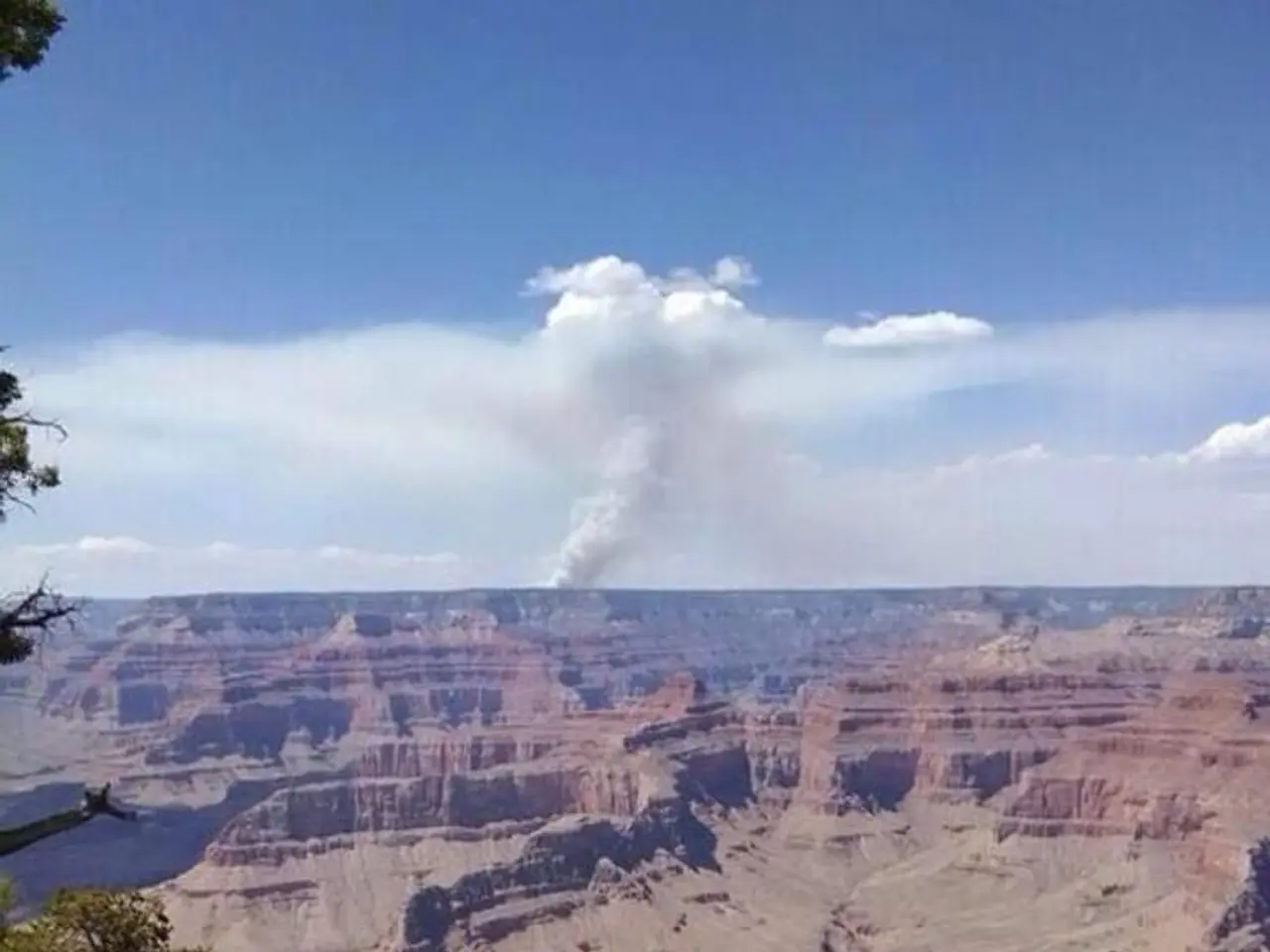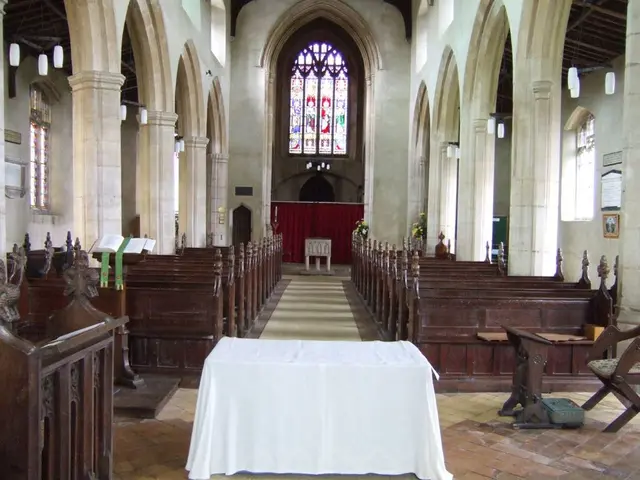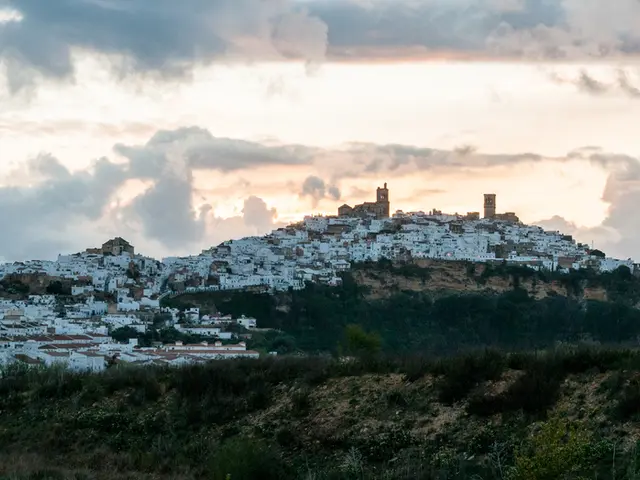Navigating Arizona's Crimson Landscapes: Discovering the Desert Marvels of Arizona
Nestled in the heart of Arizona, Antelope Canyon stands as a testament to nature's power and the resilience of the Navajo Nation. This renowned slot canyon, situated on Navajo Nation land, is a breathtaking destination that attracts visitors from around the world.
Formed over millions of years by the erosion of Navajo sandstone, Antelope Canyon boasts narrow corridors and distinctive swirling rock formations. The canyon is famous for the stunning play of light beams that filter through the narrow openings above, creating an ethereal visual effect, and for its dramatic "faces" and dark magnesium streaks on the walls, which the Navajo people call “shooting stars.”
The first recorded mention of Antelope Canyon dates back to the 1860s during the Long Walk of the Navajo, a tragic period when the U.S. government forcibly relocated thousands of Navajo people at gunpoint to military forts far from their homeland. During this time, Navajo families reportedly hid in the canyon for safety, and according to Navajo legend, their spirits blessed and protected the space. This history imbues the canyon with deep spiritual significance, and many feel the presence of these ancestral spirits when visiting.
Antelope Canyon lies within the Navajo Nation, which administers the land and manages tourism in the area. The canyon is considered sacred by the Navajo and is a place of cultural heritage and natural wonder. Tours of Antelope Canyon are conducted by Navajo guides who share the geological and cultural stories of the canyon, helping visitors appreciate its beauty and significance respectfully.
The Long Walk (1864-1866) was a brutal forced relocation of Navajo people, and Antelope Canyon served as a refuge during this period. The canyon’s secretive and sheltered environment offered a place for Navajo families to avoid capture. This history is a poignant reminder of the Navajo resilience and their deep connection to the land. The canyon not only represents a geological marvel but also a sacred witness to a profound chapter in Navajo history.
Antelope Canyon, with its stunning geology and rich history, is more than just a tourist attraction. It stands as a symbol of the Navajo Nation's enduring spirit and their deep connection to their homeland. A visit to Antelope Canyon offers not only awe-inspiring natural beauty but also a chance to connect with Navajo culture and history.
- Antelope Canyon, a Navajo Nation landmark, offers travelers a spotlight on the intertwining of culture, photography, and history, with tours led by Navajo guides sharing stories of both geological marvels and significant historical events.
- As visitors appreciate the breathtaking light beams and distinctive rock formations of Antelope Canyon, they also become immersed in the lifestyle of a people who have maintained a deep connection to this sacred site, despite the challenges of the past.
- Through a visit to Antelope Canyon, one gains a unique perspective on the Navajo history, as it serves not only as a testament to nature's power but also a silent witness to the Navajo resilience and their profound bond with their ancestral land.




